case studies
Small Creek naturalisation
Contact
Insight:
Restoration of the Small Creek concrete channel to a more natural waterway, co-designed with the community
Project description
Transformation of 1.6km of existing concrete channel into a natural waterway. The channel is located in a heavily urbanised catchment and works will take place over five years of staged construction. The community has been actively involved in the design of the waterway works through a range of community workshops and events held early in the design process.
Design Your Creek week
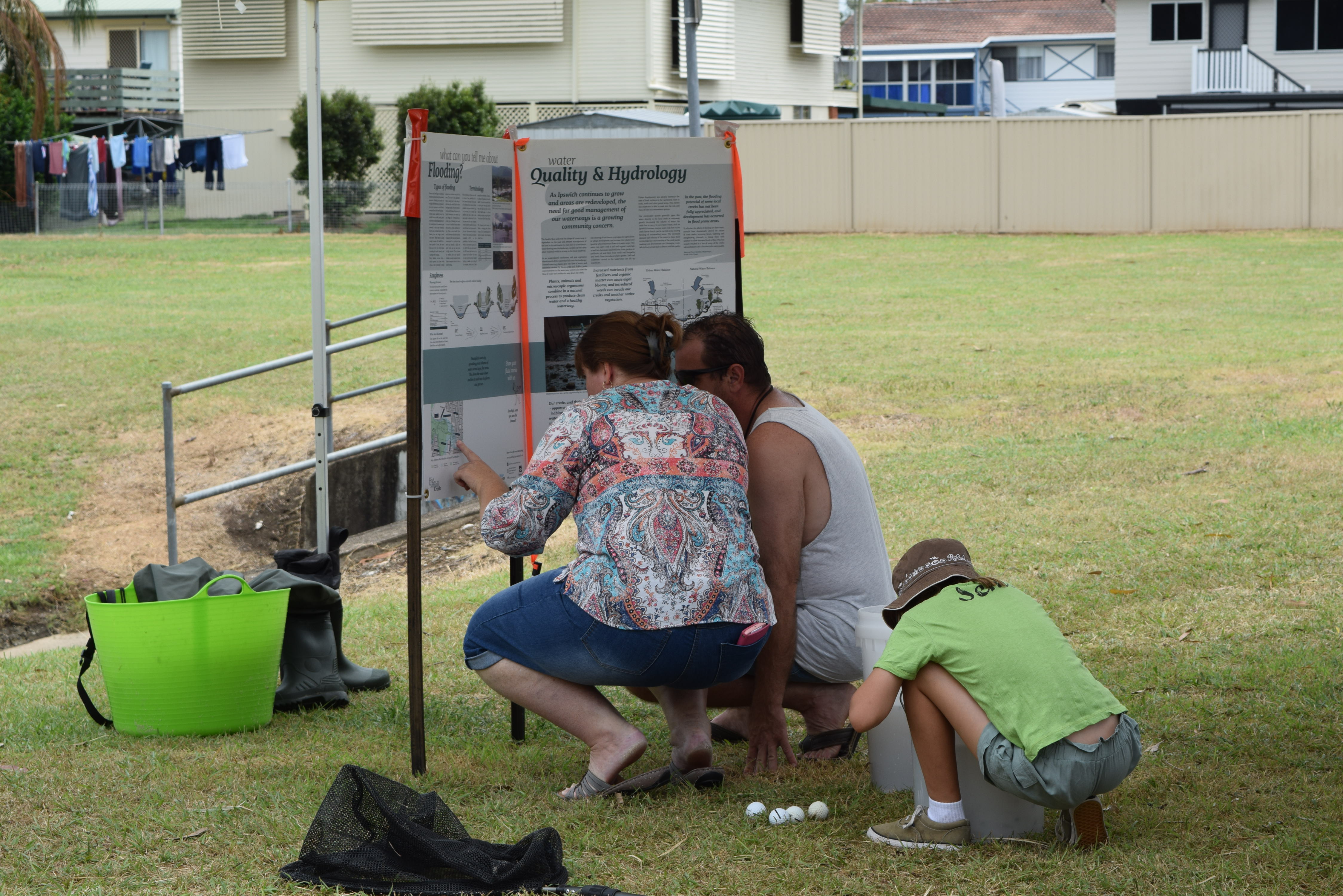
The drivers
Restoring Small Creek to provide greater community and environmental value
- Reinstate Small Creek as a natural waterway.
- Remove concrete channel to increase the local biodiversity and provide cleaner water.
- Increase the community's engagement with the landscape and environment through a co-design process and inclusion of improved pathways.
The innovations
- A re-engaged waterway: 1.6km of channel will be naturalised, with a planned 1.6km cycle path and discovery trails to be constructed. A low flow channel will convey flows through the site but will ensure that the broader floodplain is regularly engaged. A combination of informal trails and constructed bikepaths will provide the community a range of experiences along the creek corridor to connect and explore.
- Native species planting: Approximately 56,000m² will be available for new planting. Plant selection has been based on the local mapped regional ecosystems, cultural significance, aesthetics and functionality in a public space and creek corridor.
- Community co-design: 'Design your creek week' was a five-day event which was based at a temporary site alongside the creek and included a range of sausage sizzles and events to encourage the community to contribute ideas into the design of Small Creek. A summary of the ideas captured over the week was presented to Councillors as the first creek concept plan.
- Designing to respond to community concerns and ideas: Due to the proximity of the works to existing residents, it was important to ensure community concerns and ideas were addressed in the creek design. Key concerns raised included snakes, mosquitoes, cane toads, Typha, flooding, ongoing maintenance and sightlines. Each of these concerns has been specifically addressed in the concept design report, and ideas such as Indigenous representation in the design have been included by providing places for mat weaving and a yarning circle.
- Use of water quality offsets to provide multiple benefits: By naturalising Small Creek, a 970kg/year reduction of the total nitrogen entering downstream Deebing Creek is achieved. This will help to meet Council's legal obligations for the use of offsets but also ensures the investment will provide other benefits including improved aesthetics, recreation, habitat and biodiversity.
- Staging: Typically, waterway improvement works are undertaken upstream to downstream. Small Creek is being staged from downstream to upstream to allow ecological connectivity with downstream Deebing Creek and to help foster continued community engagement with the highly visible and accessible lower creek area. There is a large catchment upstream that will not be rehabilitated so weeds will always be a risk for the site. Since the creek is on-line, major earthworks are proposed in the dry season (between July and October) and planting completed in late November to make the most of the summer warmth, sunlight and rainfall.
Stage one of Small Creek naturalisation is now complete, with more than 150,000 plants in the ground (Image credit: Ipswich First)
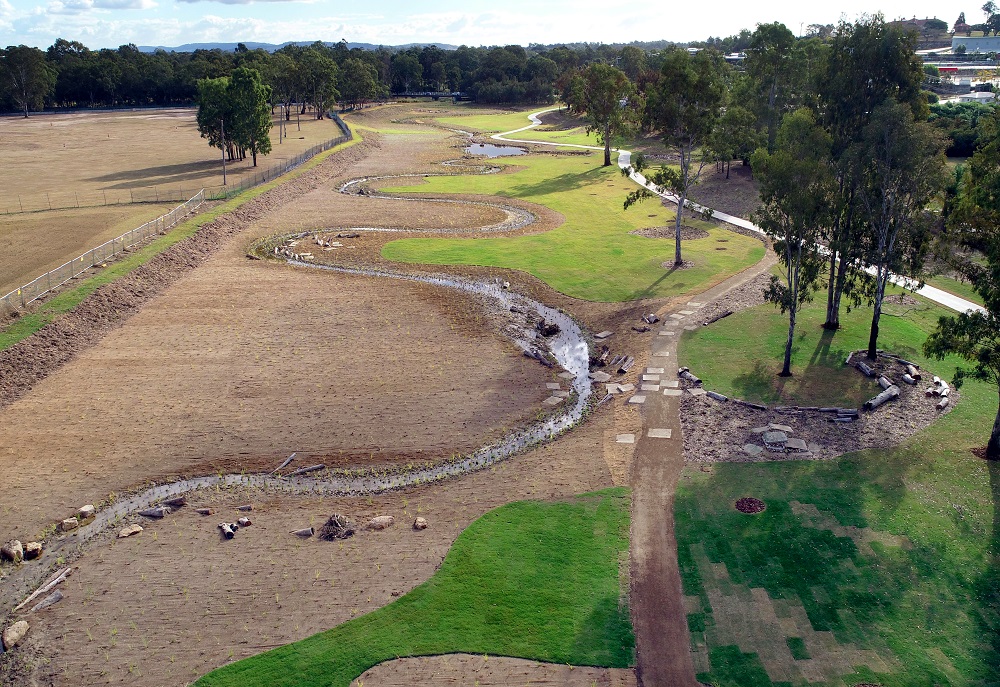
The lessons
- Getting the community on board: Providing an opportunity for the community as well as Council representatives (including on ground maintenance staff) to express their concerns (such as snakes, mosquitoes and flooding) which could be a focus for the design and also share their ideas (such as improved pathways, shade, bird habitat) and see how these have contributed to the design, helped to build a sense of ownership and pride over the proposed works.
- Understanding of times of flood: The area currently experiences flooding and therefore the community was concerned that any works might make this worse. This is a legitimate concern since the project involves converting a uniform concrete channel into a naturalised channel that meanders and has an increased roughness. Extensive flood modelling was done on the area surrounding Small Creek to ensure that no additional flood risks arise from the construction and, if possible, existing flooding issues are addressed. The multiple benefits of removing the concrete channel (reduced erosion risk downstream, improved water quality, etc.) were also well communicated to community.
Transferability
Opportunities to transfer strategies used in this project are possible when a project involves the reinstatement of a concrete channel into a more natural channel, especially where it is located in close proximity to an existing community.
Project stats
Location
Ipswich, Queensland, Australia
Participants
Awards
Commendation, Minister's Award for Urban Design
National Landscape Award for Land Management, Australian Institute of Landscape Architects
Award of Excellence in Strategic or Master Planning, Stormwater Queensland
Queensland State Award of Excellence for Land Management, Australian Institute of Landscape Architects
Finalist, Government Stewardship, Healthy Land and Water Awards
Finalist, River Basin Management Society, Involving Community in Waterway Management
Additional information
Contact
Content Manager
Get in touch
Get in touch
The outcomes
 Cities providing ecosystem services
Cities providing ecosystem services

- Reinstatement of natural waterway: 1.6km of concrete channel will be naturalised, which will help to slow flows and improve water quality and habitats for local flora and fauna.
- Cooler flowing water: The removal of concrete and provision of shade trees will cool the water and improve native fish habitat.
- Reduction in ambient temperature: Keeping water in the landscape and increasing planting of shade trees will reduce air temperatures across the creek corridor.
 Cities as water supply catchments
Cities as water supply catchments

- Flood management: Extensive modelling was undertaken to ensure that the rehabilitation works posed no additional flooding risks and, if possible, addressed existing flooding issues.
 Cities comprising water sensitive communities
Cities comprising water sensitive communities

- Community co-design of a new creek: +180 people participated and have been able to see their ideas converted into the design of the creek.
- Improved aesthetics: Transforming a concrete channel into a natural waterway improves the aesthetics and potentially the property value.
- Continued community engagement: Improved engagement between the residents and the local environment will be encouraged through the provision of play spaces, 1.6km of new pathways, as well as opportunities for ongoing waterway management.
Interested in this solution?
We partner with small and large companies, government and industry in Australia and around the world.
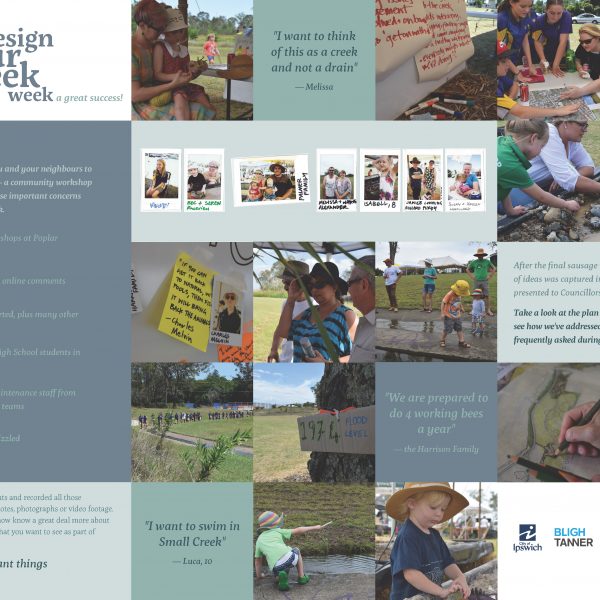
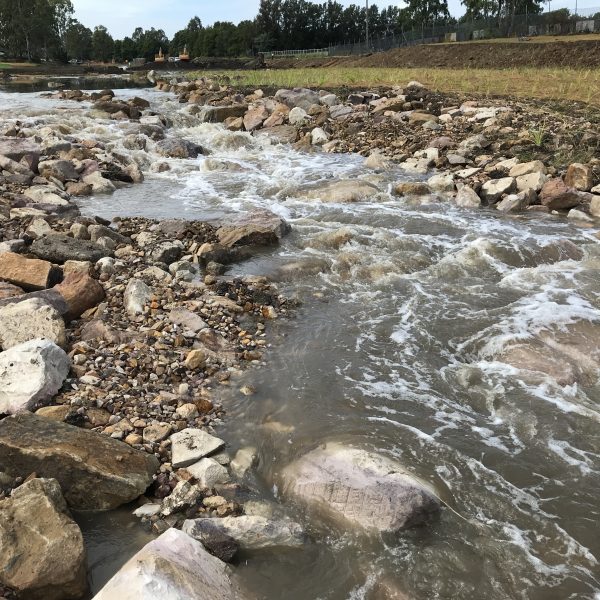
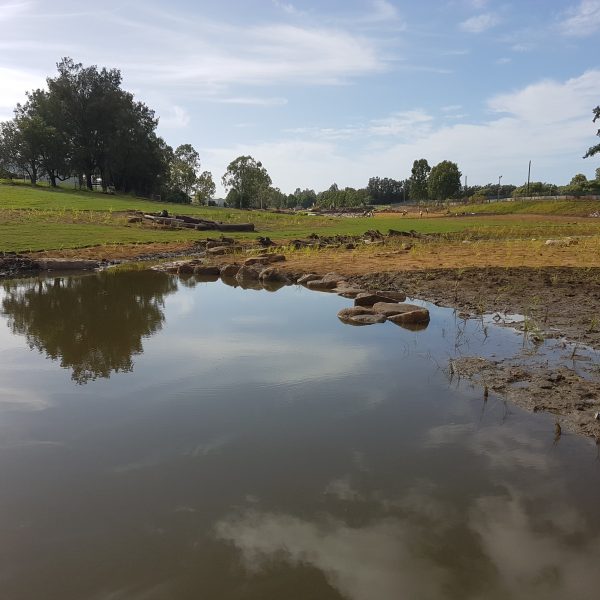

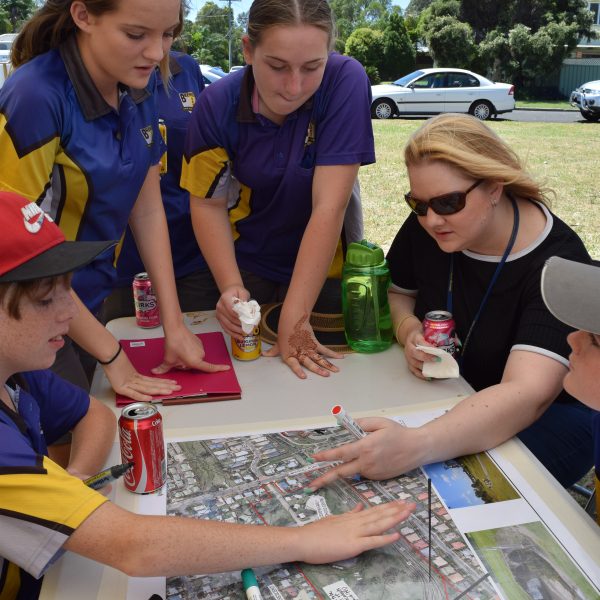
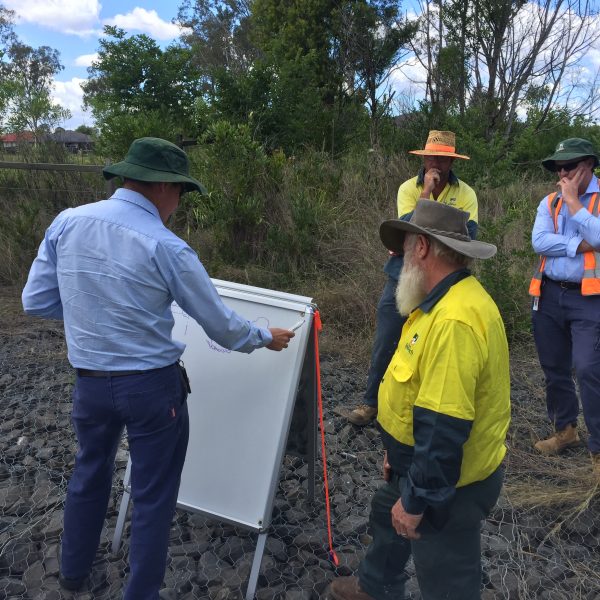
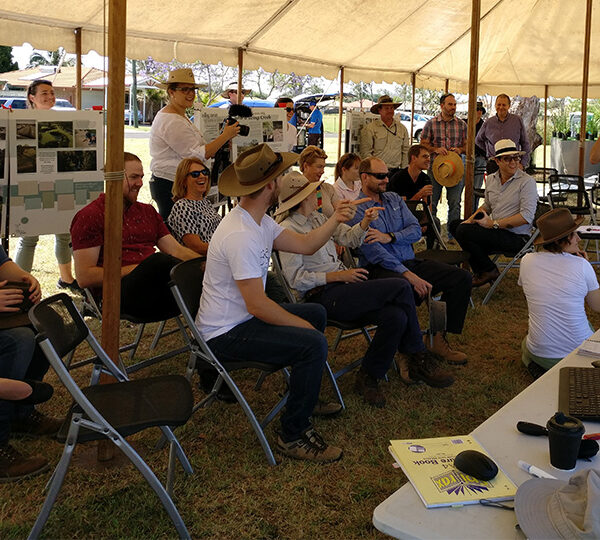
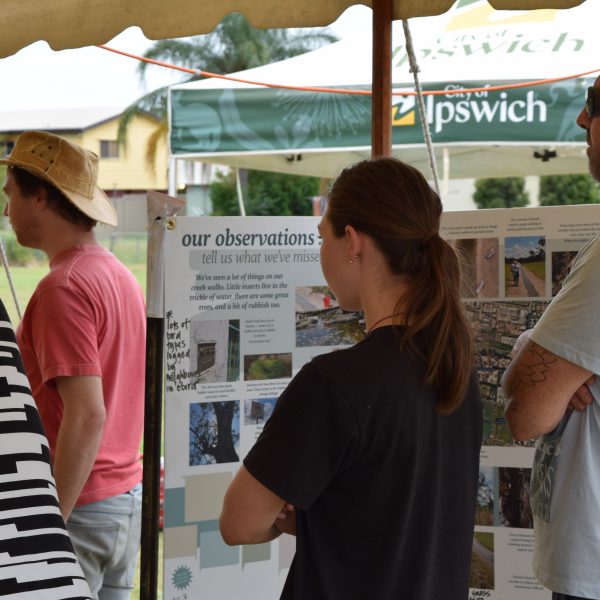
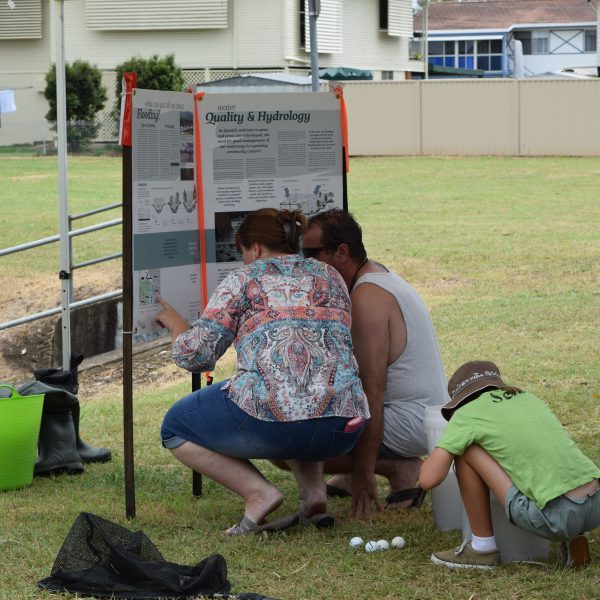
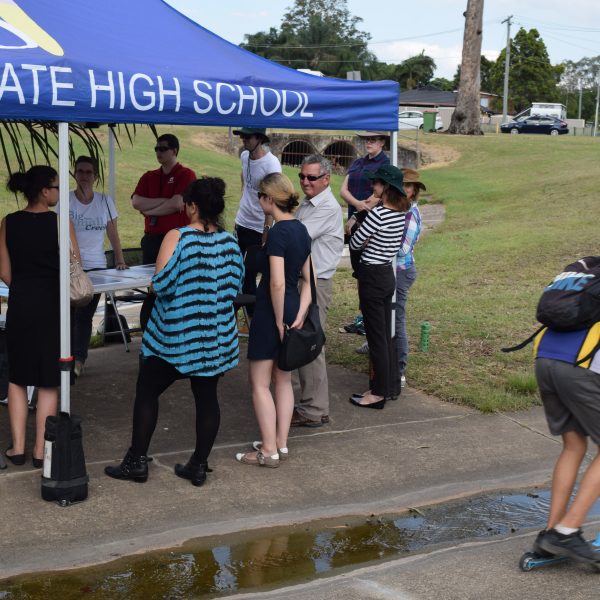

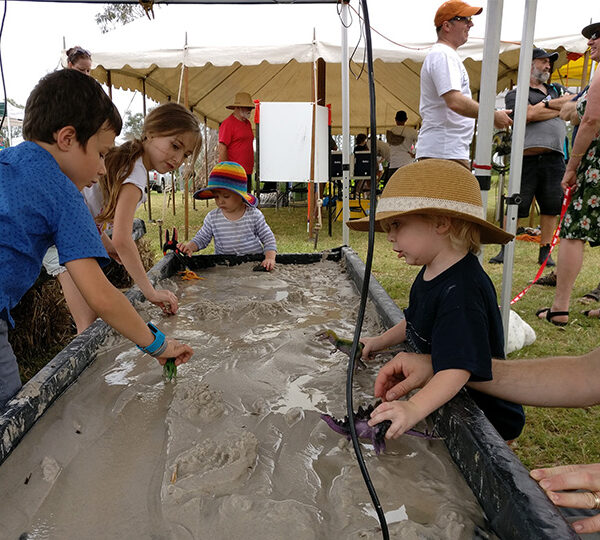
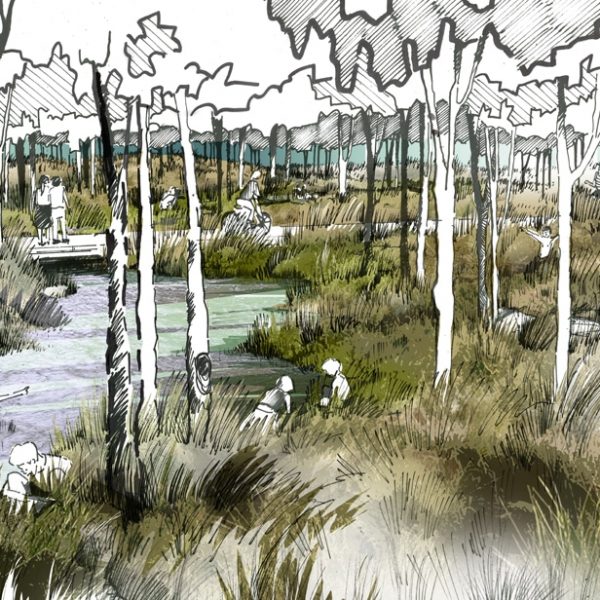
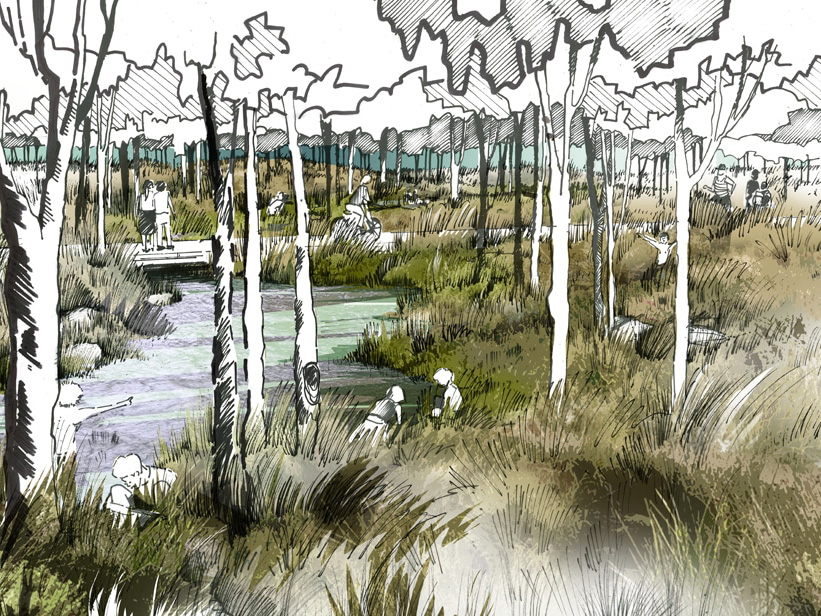
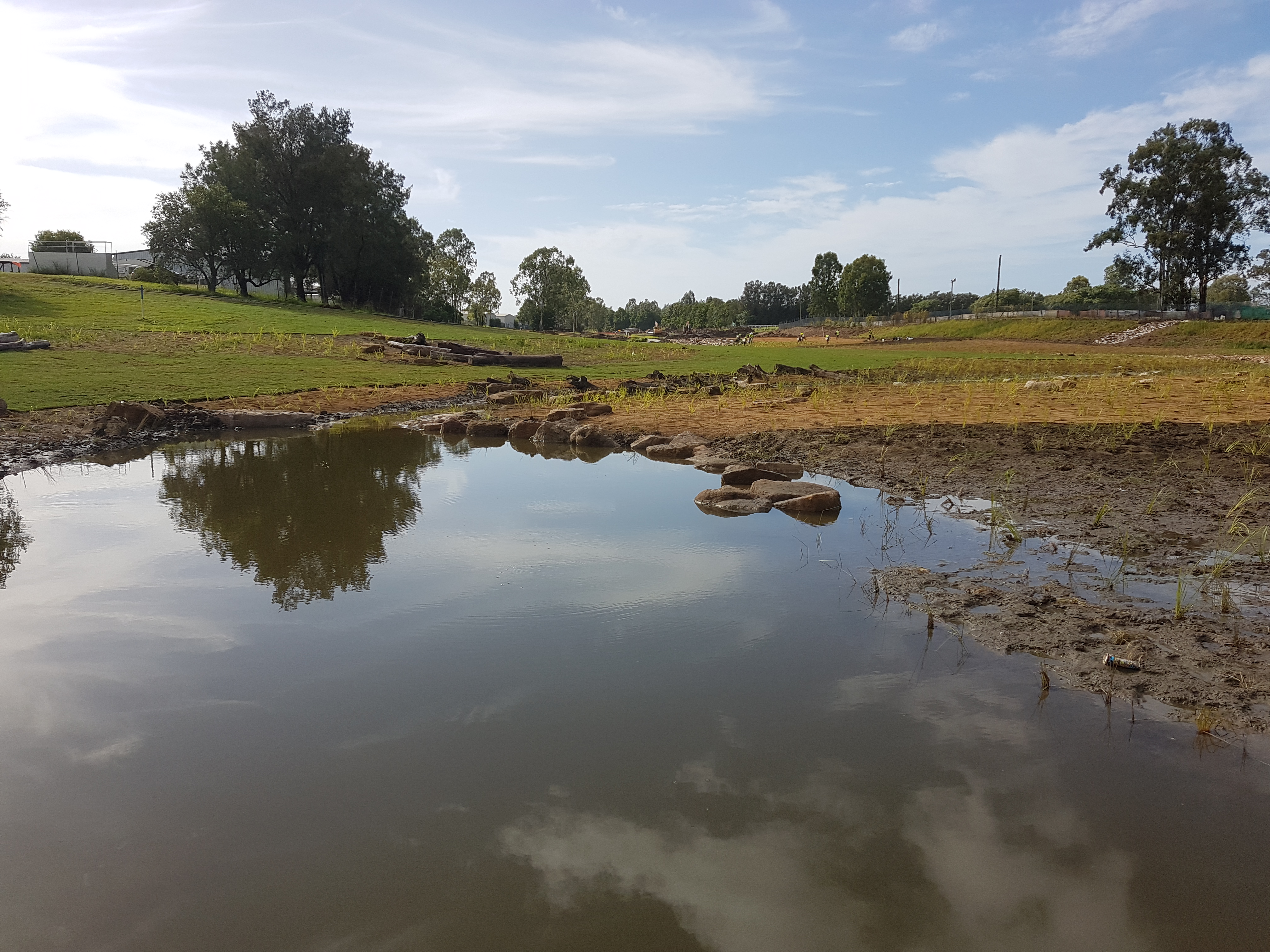
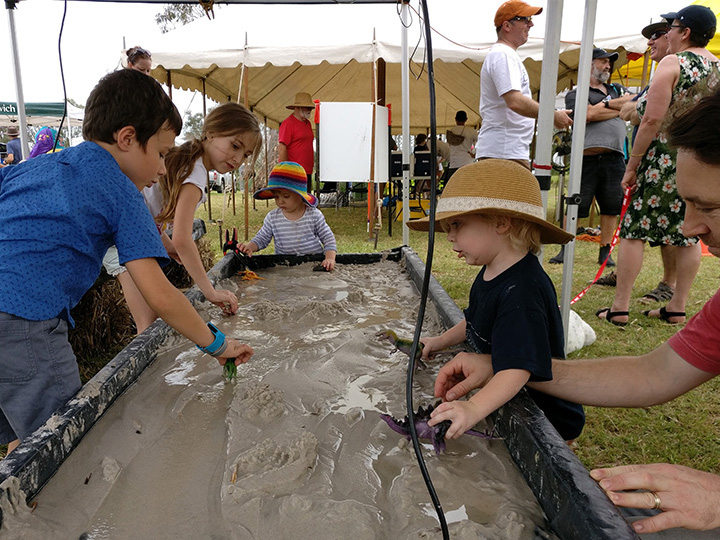
Comments